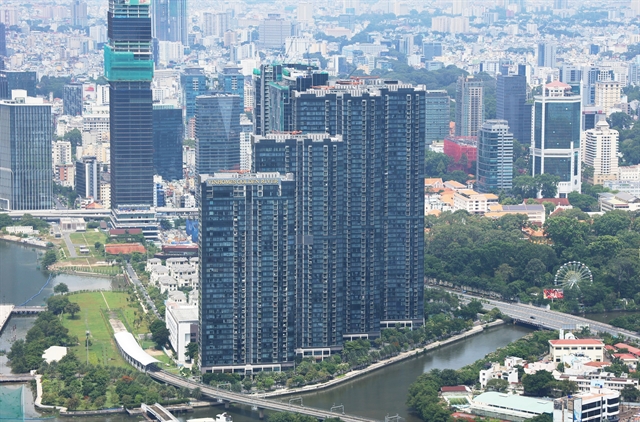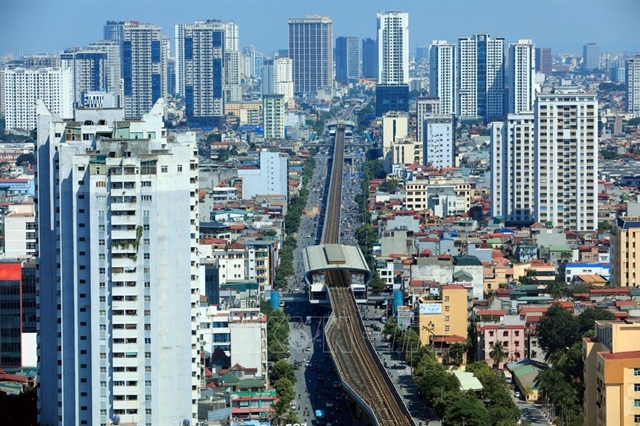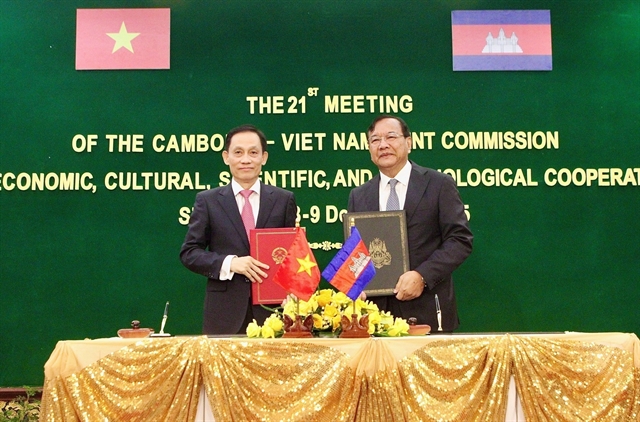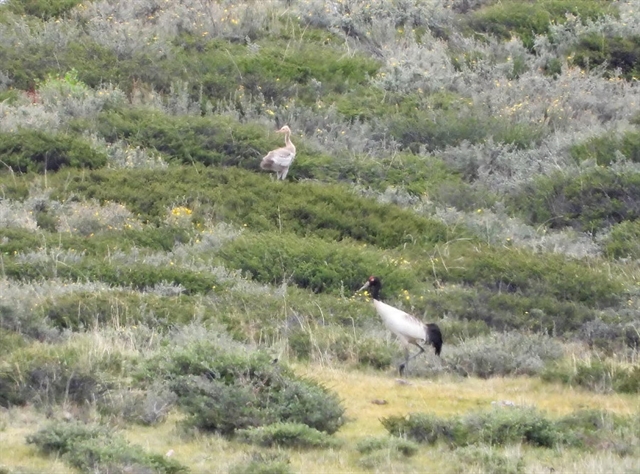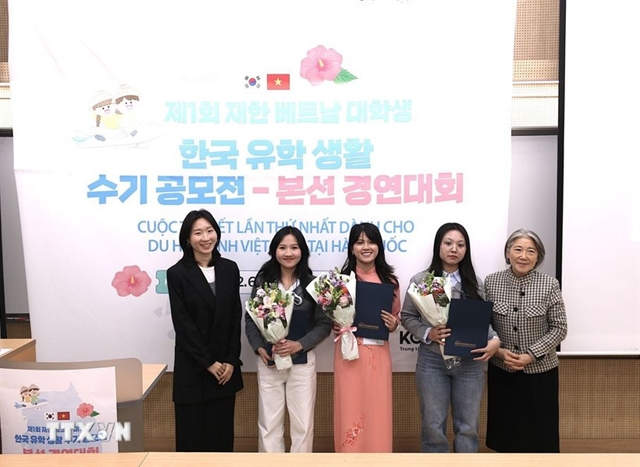 Life & Style
Life & Style

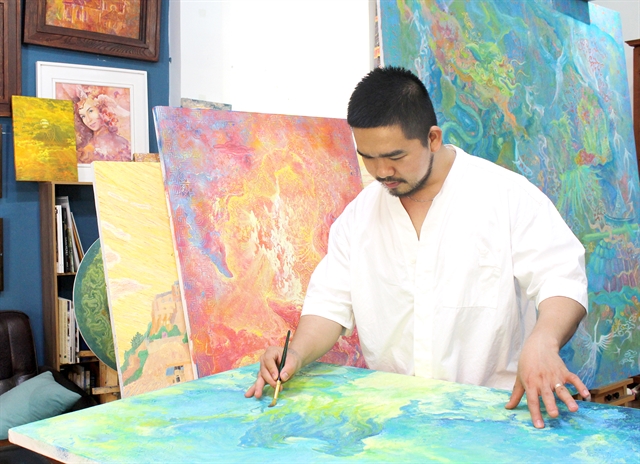 |
| Artist Nguyễn Thanh Vũ draws the works of the “Từ Tính Tứ Linh” exhibition. The exhibition will be opened in HCM City in March. – Photo courtesy of the artist |
HCM CITY – An exhibtion showcasing a collection of paintings introducing legendary animals in Vietnamese culture and history will be open to the public in HCM City from March 1 to March 10.
The “Từ Tính Tứ Linh” collection by artist Nguyễn Thanh Vũ includes paintings introducing legendary animals in Vietnamese culture and history, focusing on the four dynasties of Lý, Trần, Hậu Lê (Post-Lê) and Nguyễn.
Starting from the formation of independent Vietnamese art in the Lý Dynasty, and from political meetings, cultural acculturation and conscious exchange with Champa art to the last feudal dynasty of the Nguyễn Dynasty, the legendary animals began to appear, perfected in terms of aesthetics in architecture and sculpture.
They became an existence associated with the life, religion and beliefs of the Vietnamese people.
In addition to the four legendary animals - Long (the dragon), Lân (the Qilin), Quy (the turtle), and Phượng (the fenghuang) - in the religious culture of the Vietnamese people also appear many other animals, including animals close to humans, such as dogs, horses, cats, buffalos and elephants.
The exhibition is an opportunity for people to know more about the stories, legends, and ancient concepts that formed the beliefs of the Vietnamese people and are still preserved to this day.
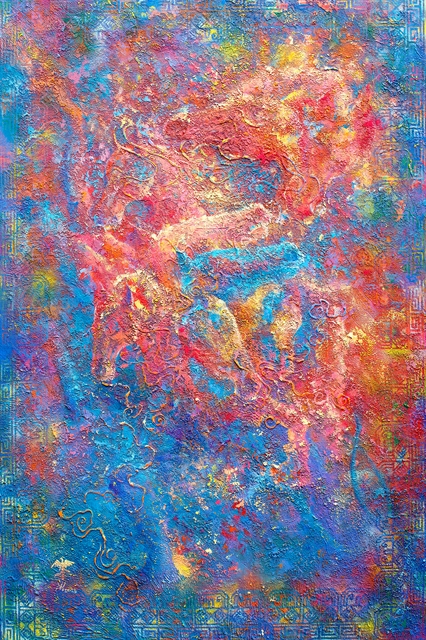 |
| A painting at the “Từ Tính Tứ Linh” exhibition in HCM City. – Photo courtesy of the artist |
Artist Nguyễn Thanh Vũ was born in 1995. He graduated from HCM City University of Architecture and has a great passion for painting, especially oil painting. Vũ believes that painting is also culture and reflects the true nature of the times.
Pursuing the post-impressionism style, Vũ wants to convey strength, vitality and enthusiasm as well as youthfulness and peace through his works.
Vũ has a great passion for the country's historical culture. Continuing the "Kỳ Ẩn Việt Nam" collection, the exhibits will introduce the images of sacred beasts in Vietnamese culture from the past (Lý Dynasty) to the present.
Talking about the exhibition, Vũ said he spent more than a year researching many documents and doing field surveys, for example, going to relics in Huế to understand the culture and art of the Nguyễn Dynasty, or Thăng Long Imperial Citadel to understand the spirit beasts of the Lý and Trần dynasties.
He also went to Cambodia and Thailand to learn about the culture of the Chăm people in those regions.
“Just reading the documents is not enough, I have to go to the place to touch and look closely at the details and traces of time. When you clearly know what is standing in front of you, combined with the space, location and time stamp, the feeling is very hard to describe,” Vũ said.
“Việt Nam has a very rich historical and cultural foundation, and this collection of sacred beasts is also part of that treasure. The Egyptians painted what they knew existed. Their paintings focused on signs to identify the painted object; the Greeks painted what they saw; artists in the Middle Ages painted what they felt,” Vũ said.
“Art today both synthesises the above aspects of its predecessors and expands beyond that. This collection also follows the flow of the times. People can name the sacred beasts in Vietnamese historical culture, partly conveying the strong vitality and sacredness through the images along with the stories and meanings that the sacred beasts represent,” he said.
The exhibition will be opened from March 1 at The World Artspace, 21 Võ Trường Toản, Thảo Điền Ward, District 2, HCM City. – VNS

